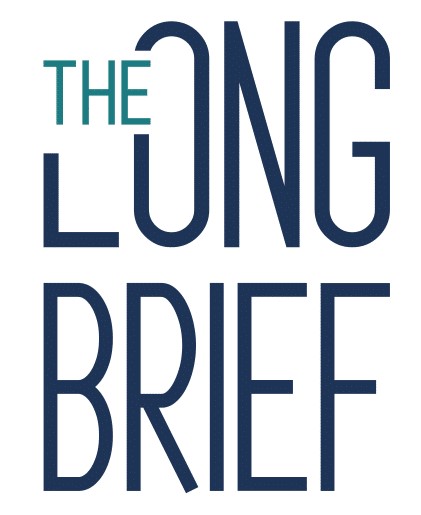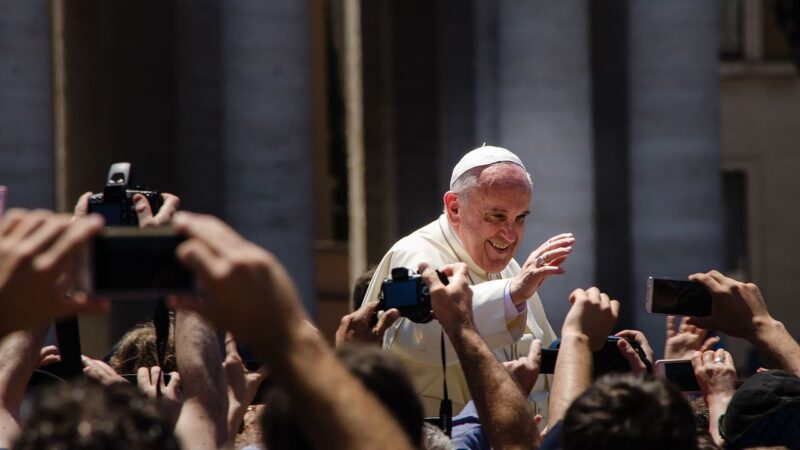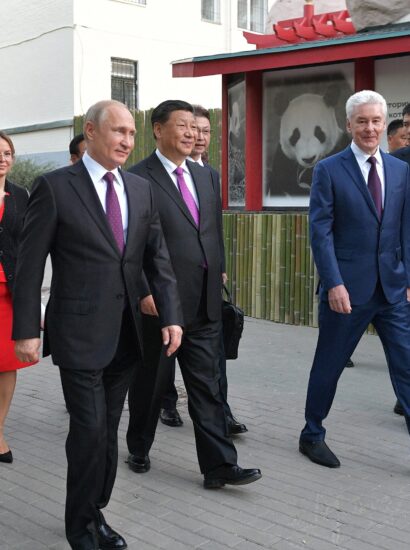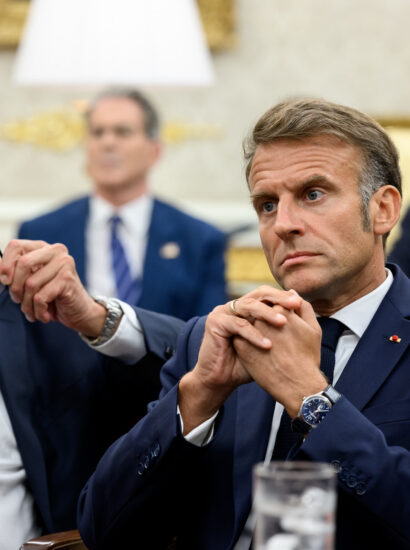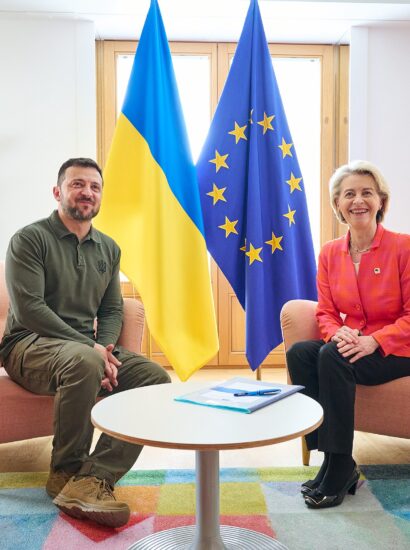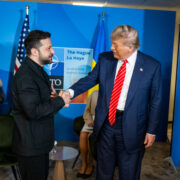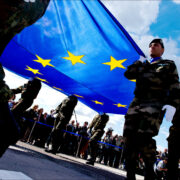Jorge Mario Bergoglio was 17 years old when he first received his vocation to become a priest. It happened on Sept. 21, 1953 – the beginning of spring in Buenos Aires – during a spontaneous visit to the confessional, or what Catholics call the sacrament of reconciliation.
This spiritual turning point for the future Pope Francis has been widely reported. Less known is that his divine calling happened en route to a student gathering that would have involved food, music and dancing the Argentine tango.
Although he wound up skipping the festival, the tango still runs deep within Pope Francis. In 2014, thousands of Catholics gathered in St. Peter’s Square to honor the pope’s Dec. 17 birthday with his homeland’s famous dance. Now, a decade later, he is turning 88 and looking back. His autobiography – the first published by a sitting pope – will be published in January 2025.
Earlier this year, while doing research in Buenos Aires, I found myself drinking maté tea with several members of the Federation of Catholic Workers’ Circles. These locals, or “porteños,” told me Francis is a “theologian of the tango.”
As a scholar of Latin American Catholicism, I can see why Argentina’s most famous dance provides a cultural window to understanding the first pope from the continent.
A Worldwide Dance of the People
This iconic style of dance and music extolling personal intimacy emerged out of the Río de la Plata region of Argentina and Uruguay during the 19th century. Tango was born in poor, immigrant neighborhoods, with hybrid rhythms inspired by Afro-Uruguayan “candombe,” Cuban “habanera,” and the “milonga” music of ranchers.
Argentine tango involves syncopated movement, steps that are neither mechanically rehearsed nor sheer freestyle. Partners embrace one another and move with spontaneity and self-control. There is tremendous passion and musicality, tinged with sadness. Timing is everything in partners’ quest for unity.
Similarly, Francis has shared his vision for a “synodal” church: one based on relationships of trust and solidarity.
Rather than being led completely top-down, a synodal church is one where clergy and lay people walk together through difficulties, living out their faith in deeper communion with Jesus Christ.
In October 2024, the Synod on Synodality at the Vatican brought together bishops and other delegates from around the world, concluding a historic three-year process. The synod was a journey of listening, dialogue and consultation with lay Catholics. Local churches must listen to Christians “in the trenches … people who are struggling,” said Bishop Daniel Flores of Texas, one of the U.S. delegates at the assembly, who serves migrants on the border.
As the Catholic Church charts its third millennium, the synod symbolizes its attempts to discern the path ahead. Francis seeks balance between tradition and innovation, the local and the universal. Like a tango, the church’s dance cannot be too rigid, tightly gripping the past, nor too loose, conformed toward the world of today.
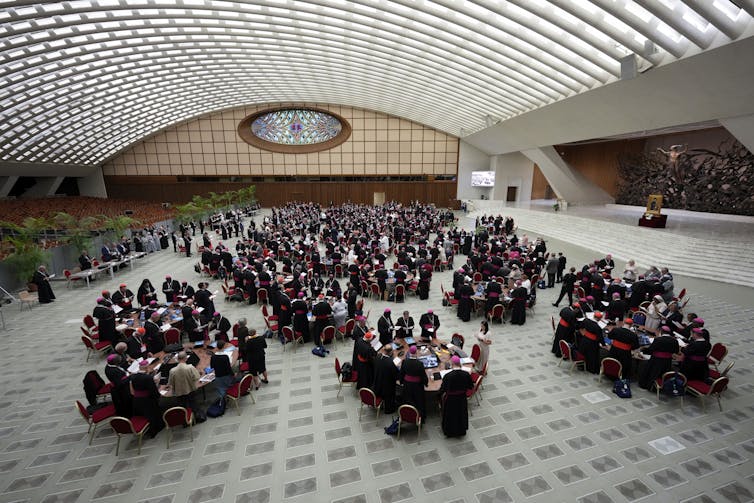
The opening session at the Synod of Bishops at The Vatican, the final assembly of the Synod on Synodality, on Oct. 2, 2024 (Photo: AP Photo/Andrew Medichini/The Conversation)
Yet he has also warned against an “anything goes, everything’s the same” attitude toward change: “dale que va, que todo es igual,” in the words of tango singer Enrique Santos Discépolo. Those lyrics, well known to Francis from his youthful dancing days, come from “Cambalache,” Discépolo’s popular song of protest against fascism and moral relativism in 1934.
Catholic Culture Wars
Francis’ tango with nearly one-fifth of the world’s population has been a difficult one to lead, especially amid Catholic culture wars within the United States and Europe. Ever since the momentous Second Vatican Council of the 1960s, which introduced major reforms, progressive and traditional Catholics have been battling out the meaning of their church’s identity, debating the weight of tradition or innovation.
On one side are conservatives – many of them young – who critique secular liberal values that they believe attack the age-old institutions of religion and family. On the other are liberals – many of them aging – on a mission to adapt or dispense with traditions they consider outdated.
Both sides of the Catholic culture war seem to buy into the caricature of Francis as a liberal, revolutionizing Roman Catholic tradition.
Even so, some progressive fans consider his reform efforts ineffectual and half-hearted – especially their thwarted hopes that the pontiff would ordain female deacons or permit married clergy.
His detractors believe Francis’ papacy is a disaster better forgotten – or pray it will prove a liberal “last gasp” before the arrival of a more conservative pope.
Francis himself, however, has not shown partiality to either side, criticizing particularly vocal critics on the right yet without empowering progressive factions on the left. The pope moves to a rhythm quite different from the culture wars in the West.
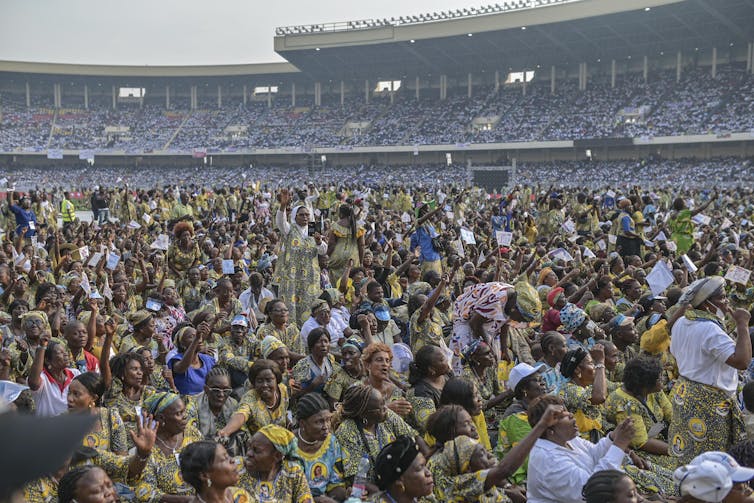
Worshippers gather at the Martyr Stadium in Kinshasa, Congo, on Feb. 2, 2023, during Pope Francis’ six-day visit to South Sudan and Congo (Photo: AP Photo/Moses Sawasawa/The Conversation)
Francis’ legacy will turn on the faith and popular piety of Catholics in the third millennium, most of whom are from South America, Africa and Asia. By 2050, the Catholic Church outside Western Europe is projected to make up three-quarters of the global Catholic population. Francis is not so concerned with building a bridge between warring sides of progressives versus traditionalists, or liberals versus conservatives, but between different cultures of the global North and South.
Furthermore, the church’s worldwide pastor is less interested in ivory tower theology than the faith of people on the streets, where the tango and the earthier “milonga” – his personal favorite – were born.
Poor neighborhoods in the greater Buenos Aires area, where he joined other “slum priests” in prayer and fellowship as an archbishop, orient his popular theology. In his teachings, the piety of common people, whether public processions for the Virgin Mary or celebrating holy days, offer a transcendent antidote to hyperindividualism and materialism.
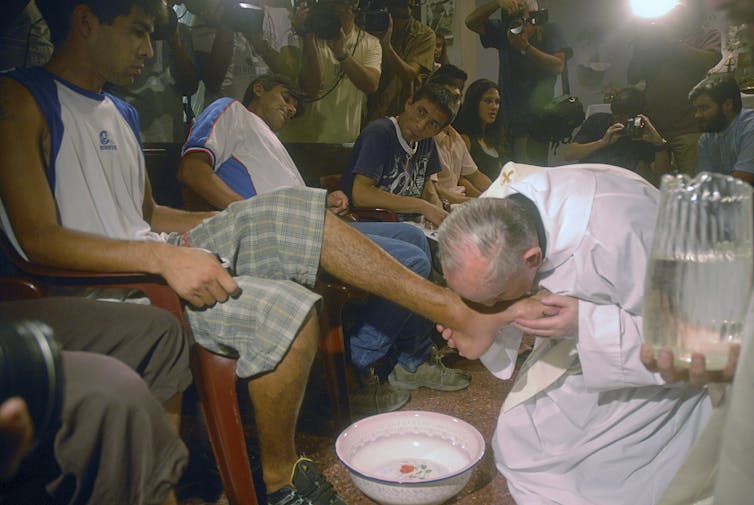
AP Photo
Francis has emphasized that the church is of and for the poor, a theme with roots at the Second Vatican Council – and most famously developed by Latin American bishops and theologians, such as Gustavo Gutiérrez, the Peruvian priest who died in October 2024. Whether instituting a World Day of the Poor for the global church, organizing world meetings of worker-led popular movements or cutting the salaries of the Roman Curia, Francis, I believe, sees it as the mission of the synodal church to center the poor in reforms.
Like the tango of a “porteño,” Francis’ passionate leadership has been both disciplined and effusive, building a bridge of solidarity, not a wall of division, between the church and the world beyond the West. It is a legacy and task that will long outlive his papacy.![]()
This article is republished from The Conversation under a Creative Commons license. Read the original article.
